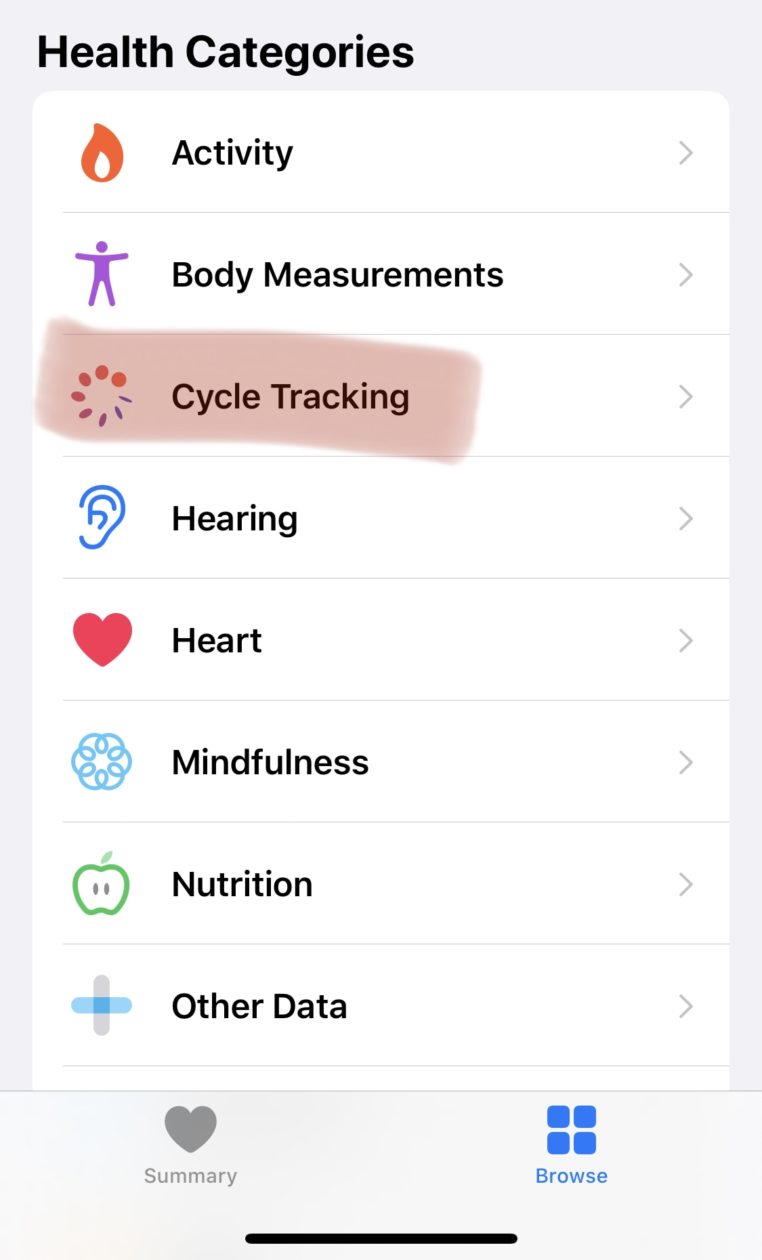![]() Guest Author
Guest Author
Juliana Augusto
He is 32 years old, from São Paulo and product manager, working with digital products since 2008. Passionate about technology, racing and travel.
For the last three months, I've been using the feature Cycle Tracking (Cycle tracking) from iOS and watchOS to record and monitor my menstrual cycle and my fertility. It's not the first time I've used such services via the app (I've been using Clue for a long time) and I confess that Apple's solution surprised me too much about the experience and the functions offered.

Cycle Tracking is a function within the app. Health (Health), which already existed in older versions of iOS, but now it brings some news in monitoring the health of the user. One is a function that maps and monitors menstrual flow and changes in the woman's daily life.
Note, before continuing, that I prefer to use the iPhone and Apple Watch configured for the English language but this new feature is already fully in Portuguese, too.
How does Cycle Tracking work?
Once we start using the feature, we are not asked for general information about the cycle such as: how many days does the average menstrual cycle last, what is the intensity of the flow and what type of symptoms are usually seen. This information is all recorded on your profile.
At this point, the app gives you a preview of when your next cycle and period will be, but always warns that this is only a forecast (ie Apple is not responsible for any unforeseen and the user can not rely on only on that information).
So when the menstrual cycle actually arrives, the woman can add information about the day to day cycle, both through the iPhone and Apple Watch (which in my incredible opinion; I will talk about it later), having a record of the characteristics and symptoms ms to ms. Thus, Cycle Tracking can improve the experience over time based on this information provided by the woman; As it feeds the database with data, the predictive function of cycle start and start and end identification of the fertile period becomes more accurate.
What I found cooler and different about other solutions in this segment that women are being told, through notifications on the iPhone and Apple Watch, about when the menstrual cycle and the fertile period start / end.

Women know how much it helps in everyday life. I don't know about you, but I always completely forget when these things are going to happen in my month and I'm always taken by surprise.
The feature on Apple Watch
Speaking specifically of Apple Watch, this for me another great differential. There is a Cycle Tracking app for it where you can provide all your cycle information and track forecasts by Apple Watch. This is really very practical!
When I'm on my period, I wake up, wear Apple Watch, and record the previous day's information directly on the clock, as shown in the screens below:
Finally, another interesting function of Cycle Tracking is statistics, whereby it is possible to analyze consolidated data and filtered by different variables.
I haven't had a chance to do that yet, but I imagine it must be very useful to take this data to an annual consultation with the gynecologist. Thus, it is possible to verify common behaviors and symptoms and some possible feature that needs further attention and that the patient may have forgotten to mention.
Are you using the feature? Share your experience below!
